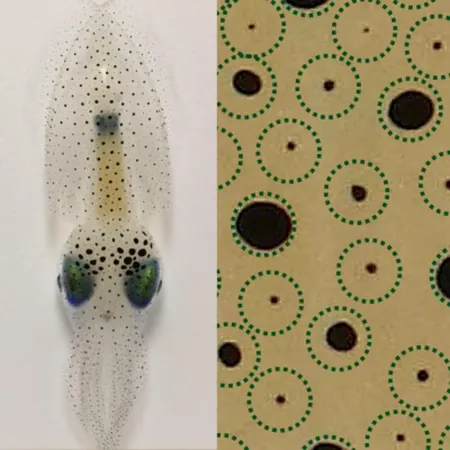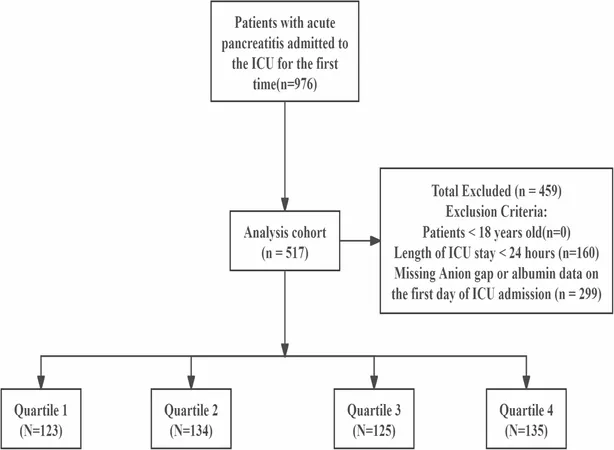
Squid Skin Secrets: Scientists Uncover Groundbreaking Hyperdisorder Phenomenon
2025-07-14
Author: Wei Ling
A groundbreaking study led by researchers from the Okinawa Institute of Science and Technology (OIST) in Japan has unveiled the first instance of hyperdisorder observed in a biological context—right on the skin of squids! This intriguing phenomenon blends meticulous order at the microscopic level with chaotic disorder on a larger scale, challenging our understanding of biological growth.
While disordered patterns in non-living materials are fairly understood, living organisms often showcase unexpected behaviors as they develop. This study shines a bright light on how this process unfolds in squid pigment cells called chromatophores, which are crucial for the creatures’ camouflage and communication.
Revolutionary Research on Chromatophores
Under the guidance of OIST researchers Robert Ross, Simone Pigolotti, and Sam Reiter, the team embarked on an extensive examination of how these pigment cells arranged themselves as the squid matured and its skin stretched. Over three months, they collected a multitude of 3D optical images, revealing that chromatophores follow an astonishingly unique statistical pattern.
"The chromatophores hold fixed positions relative to one another in a specific formation," explains Reiter, highlighting how these emerging patterns meet the criteria for hyperdisorder—where the increase in point variation surpasses the spatial volume.
What Makes This Discovery So Unique?
As the squid grows, new chromatophores emerge with a minimum distance between them and their predecessors. This crucial rule, coupled with tissue expansion, cultivates the unusual statistical patterns observed by the researchers. According to Ross, tiny areas of the squid skin may appear organized, but zooming out reveals a chaotic tapestry.
Using models simulating squid development, the team demonstrated how this hyperdisorder arises from the interaction of growth and cell insertion. "This result is thrilling because it underlines how growth impacts physical properties in biological systems," Ross stated.
Implications for Biological Science
Interestingly, Ross points out that other growing biological systems, like chicken retinas, exhibit hyperuniformity where randomness at a closer scale leads to long-range order—showing how diverse and complex biological growth can be. This study marks a departure from their expectations, revealing unique packing behavior that hasn't been seen in other biological contexts.
Published in Physical Review X, their findings could reveal that the mechanisms observed in squid skin might be a widespread characteristic among various growing natural systems.
Looking Ahead: A Journey into the Unknown
Encouraged by their insights, the team plans to delve deeper into the mysteries of growth in different biological realms, including brain development and pattern formation in fish. Ross expresses optimism: "We hope these systems will offer further examples of the novel physics inherent in growing systems, strengthening our understanding of life at its most fundamental level."





 Brasil (PT)
Brasil (PT)
 Canada (EN)
Canada (EN)
 Chile (ES)
Chile (ES)
 Česko (CS)
Česko (CS)
 대한민국 (KO)
대한민국 (KO)
 España (ES)
España (ES)
 France (FR)
France (FR)
 Hong Kong (EN)
Hong Kong (EN)
 Italia (IT)
Italia (IT)
 日本 (JA)
日本 (JA)
 Magyarország (HU)
Magyarország (HU)
 Norge (NO)
Norge (NO)
 Polska (PL)
Polska (PL)
 Schweiz (DE)
Schweiz (DE)
 Singapore (EN)
Singapore (EN)
 Sverige (SV)
Sverige (SV)
 Suomi (FI)
Suomi (FI)
 Türkiye (TR)
Türkiye (TR)
 الإمارات العربية المتحدة (AR)
الإمارات العربية المتحدة (AR)